How Long Does Blue Powder Lighter With 20 Volume Developer Take to Lighten Hair
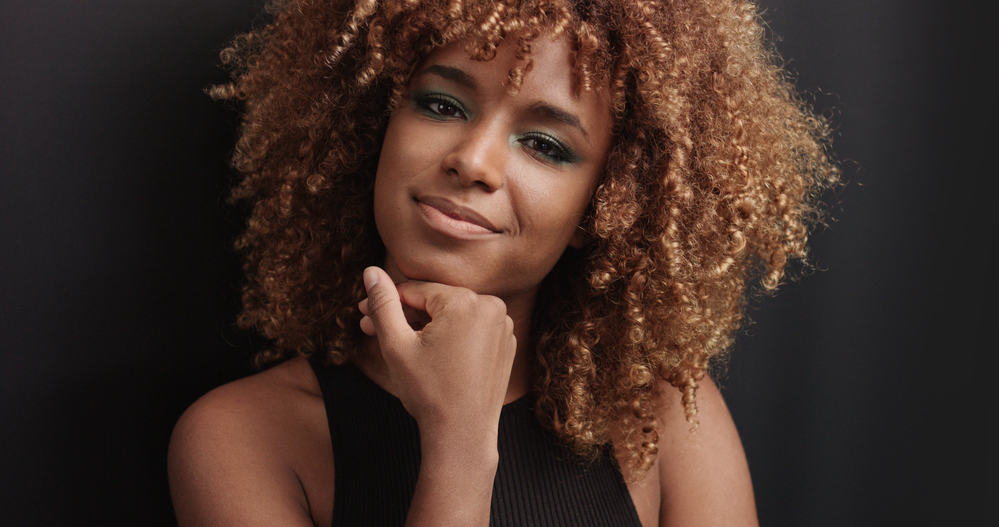
When you're bleaching your hair at home with 20 volume bleach, or any bleaching agent, one of the primary questions many people have is how long you should leave the bleach in your hair.
If you take it out too soon, the bleach won't lighten your hair to your preferred shade. However, leaving it in too long would be a mistake and could potentially lead to significant hair damage.
The amount of time you leave bleach in your hair depends on several factors, including the volume of bleach (or developer ratio) in the bleach mixture.
Table of Contents
- 1 How Long To Leave Bleach in Hair With 20 Volume Developer?
- 2 What Does 20 Volume Developer Mean?
- 3 General Rules and Guidelines
- 3.1 Hair Color
- 3.2 Perform a Strand Test
- 3.3 What Happens if I Leave Bleach in Too Long?
- 4 Best Tips for Bleaching Hair at Home
- 4.1 Minimize Damage
- 4.2 Prepare Your Hair
- 4.3 Apply Bleach Correctly
- 4.4 Getting the Most from Your Bleaching Sessions
- 4.5 Related Articles
How Long To Leave Bleach in Hair With 20 Volume Developer?
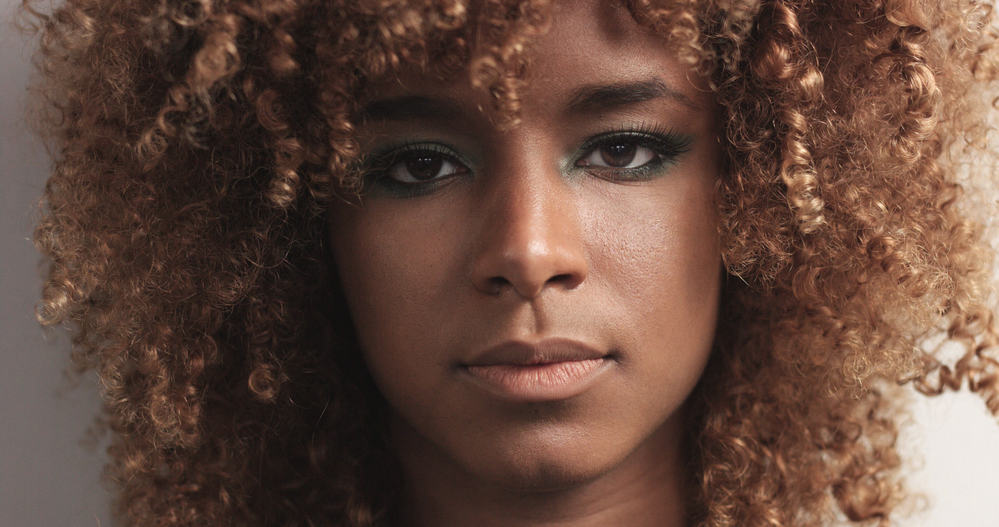
You shouldn't leave 20 volume developer bleach in your hair for more than 30 minutes. However, 30 minutes is a long time.
Ideally, you can remove the bleach before reaching the 30-minute maximum, but the actual timeframe will depend on your natural hair color, preferred shade, and hair type.
For example, if your hair is dark brown and you want blonde hair, you will need to leave the bleach in your hair for a longer period of time.
Keep in mind that you could end up with extremely damaged hair if you leave the bleach in your hair longer than necessary.
When it comes to how long to leave the bleach on your hair, there isn't a universal rule to follow that applies to all hair types, colors, and curl patterns.
However, here are a few tips that will help you figure out how long to leave bleach in your hair based on your unique needs.
First, let's talk about what 20 volume developer means, why it's important to understand whether you have 20 volume developer versus 30 volume developer, and so on.
What Does 20 Volume Developer Mean?
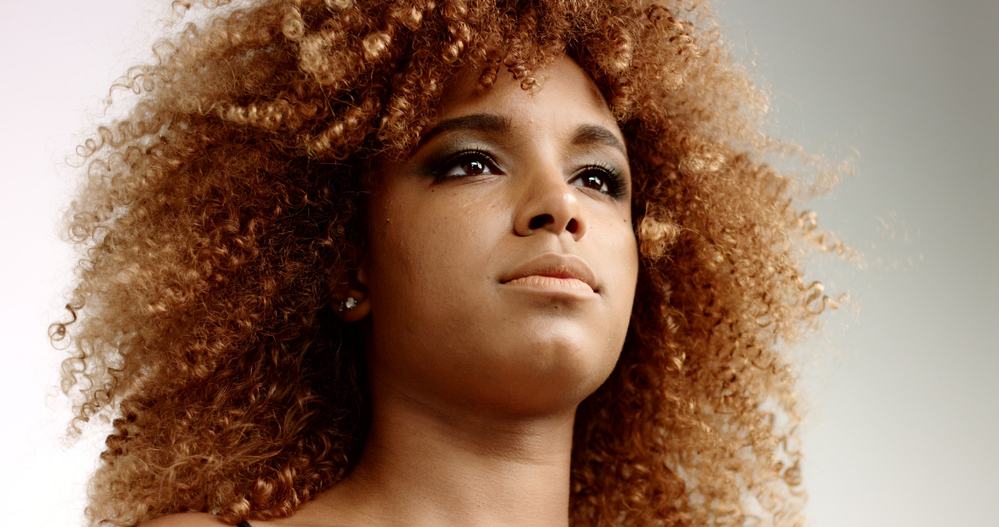
The term 20 volume refers to the amount of developer (or hydrogen peroxide) in a bleach. More hydrogen peroxide in the mixture creates a "stronger" bleaching agent.
The developer lifts the hair's cuticle. Sometimes, people refer to this process as "opening the hair cuticle," although it's technically being raised or lifted.
The lifted cuticle makes it much easier for the hair dye to penetrate your hair strands. Using developer color pigments can penetrate the hair follicle and deposit color.
The developer usually comes in 10, 20, 30, and 40 volume amounts. The 20 volume mixture is the most common and is used in most box dye kits and other do-it-yourself, at-home, hair dyes, and lighteners.
This 20 volume mixture is a less potent lightener, but it can lift a few tones (or shades) of hair color, but it usually damages the hair less than 30 or 40 volume bleach.
If you have very dark hair, such as black hair or brown hair, it's good to consult a professional colorist to create a plan for your specific needs. This is especially necessary if you're planning to achieve a blonde hair color.
We always recommend having the bleaching process completed by a professional the first time. This is the best way to ensure that your hair remains in good condition and you achieve your desired color.
General Rules and Guidelines
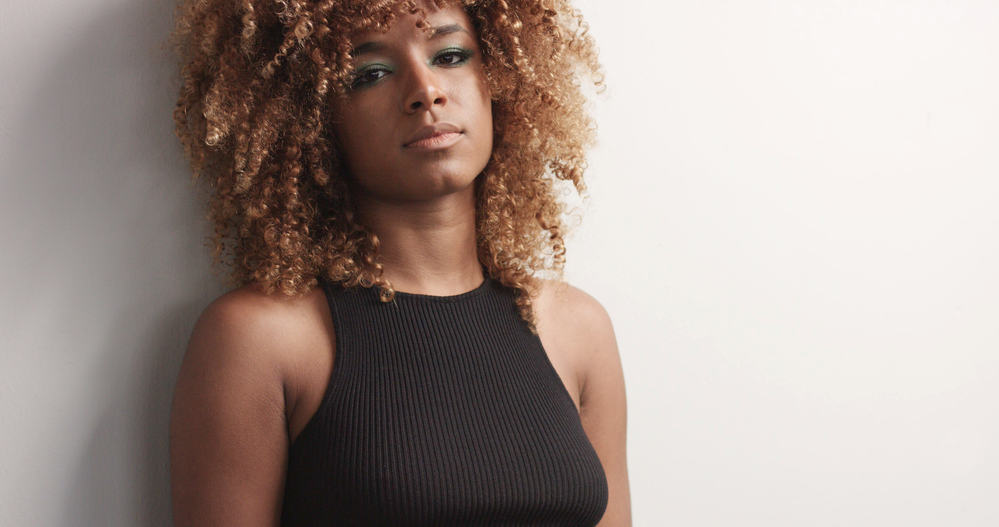
Every person's hair is different, and you should be mindful of your own hair's needs before deciding how long to leave 20 volume bleach in your hair.
Here are a few guidelines that can help you plan for how long to leave bleach in your hair.
In general, it is recommended not to leave 20 volume bleach in your hair for longer than 30 minutes. It will often cause significant breakage, chemical burns, and other damage if you do so.
Some women leave bleach in their hair longer than recommended because they're trying to achieve a drastic change from their natural hair color to something like platinum blonde or a much lighter shade than their natural hair.
In these situations, we recommend consulting a professional hairstylist. However, there is an exception to consider. It's critical that you follow the directions included with the product's packaging.
The only time you should leave bleach in longer than 30 minutes is if it's specifically recommended by the product that you're using.
Although, it's important to note that the whole process of hair coloring can be very damaging, especially if you're making a dramatic change from your natural color to something significantly lighter.
Finally, just because you can leave 20 volume bleach in your hair for up to 30 minutes, it does not mean that you should.
Depending on your hair type and the color that you are trying to achieve, you can actually get the result you want in much less time.
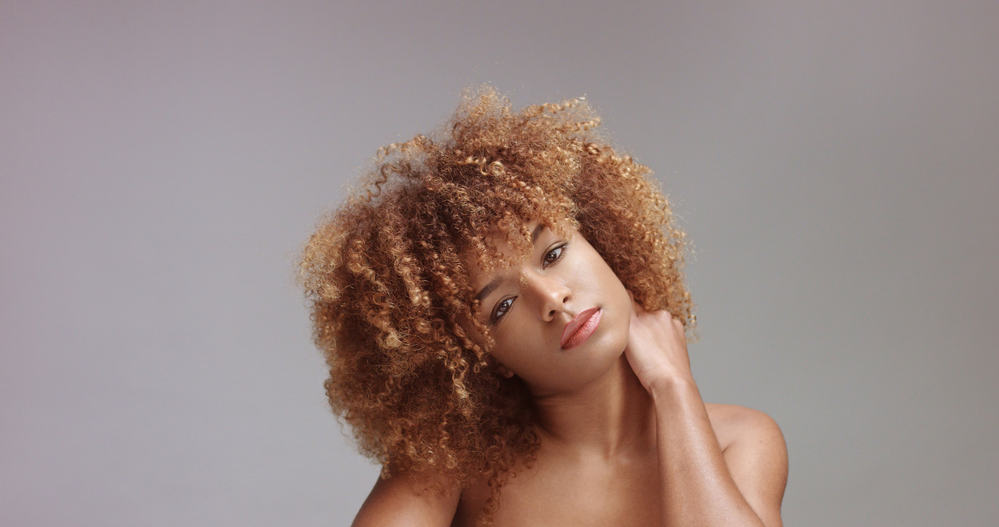
Hair Color
One of the most significant factors affecting how long you should leave bleach in your hair is your desired color.
If your hair is light to begin with, then you will only need to leave the developer in your hair for a few minutes. If your hair is darker, you may need to leave it in for longer.
Another factor to consider is your target color. If you are hoping to lighten your hair by a significant amount, then you will leave the bleach in for a longer period of time. If you are only hoping to go lighter by a shade or two, then you will only need a few minutes.
However, hair color is not the only factor that affects your hair's receptiveness to bleach. Thicker hair sometimes needs more time to absorb bleach. Virgin hair, or hair that's never been bleached or dyed before, will often absorb bleach faster.
Perform a Strand Test
Why You Need to Do a Strand Test, and How
One of the best ways to ensure that your hair will react to bleach in a healthy way without compromising your whole head is to perform a strand test.
A strand test is when you apply hair dye or bleach to a few strands of hair to see how it will react.
Here's an alternative approach: When performing a strand test, mix your bleach as you normally would and apply it, but only to a few strands of your hair that you've removed from your head.
Then, monitor the strand every few minutes until it reaches the tone you're seeking. Be sure to record how long the bleach was on your hair because that is how long you will need to apply it to your whole head.
Performing a strand test adds an extra step to your hair dyeing routine, but it is worth it. It lets you know precisely the amount of time that you should allow the bleach to rest on your hair.
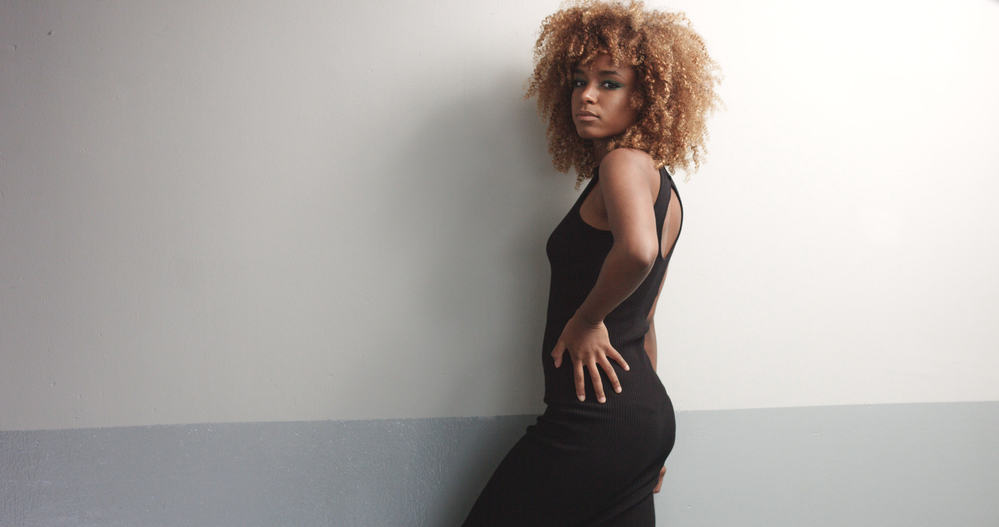
What Happens if I Leave Bleach in Too Long?
If you rinse the bleach out too early, the worst that can happen is that you will have hair that is darker than you wanted—the real problems set in if you leave 20 volume bleach in your hair for too long.
Bleaching hair, in and of itself, causes a lot of damage to your tresses, and this damage intensifies the longer you leave the bleach on your hair. Your tresses could become dry, brittle, and fragile due to the chemicals in the hair bleach.
Leaving bleach in for too long will also affect your appearance. Instead of getting the blonde hue that you wanted, your hair could turn orange.
This happens because your hair color is determined by a pigment molecule called melanin.
Warmer pigments, such as orange, are harder to break down for developers. When you leave bleach in for too long, it strips away all of the cooler pigments, exposing your hair's bright orange tones to full view.
If you accidentally turn your hair orange by leaving bleach in for too long, there are ways to fix this, and you are not doomed to be called "carrot top" forever.
Use a Toning Shampoo
Toning shampoos, like purple shampoo, are designed to cover up orange or brassy dye jobs. They have purple pigments, which counteract the orange color you may be seeing on your hair.
This will work if your hair has only slight orange tones.
Color Correction at the Hair Salon
If your hair is significantly damaged by bleach, you may need professional help. Luckily, many hairstylists are familiar with at-home dyeing mishaps and can return your hair to the color you wanted while protecting it from damage.
Going to a stylist is more expensive than fixing your hair at home, but ultimately it will yield the best results.
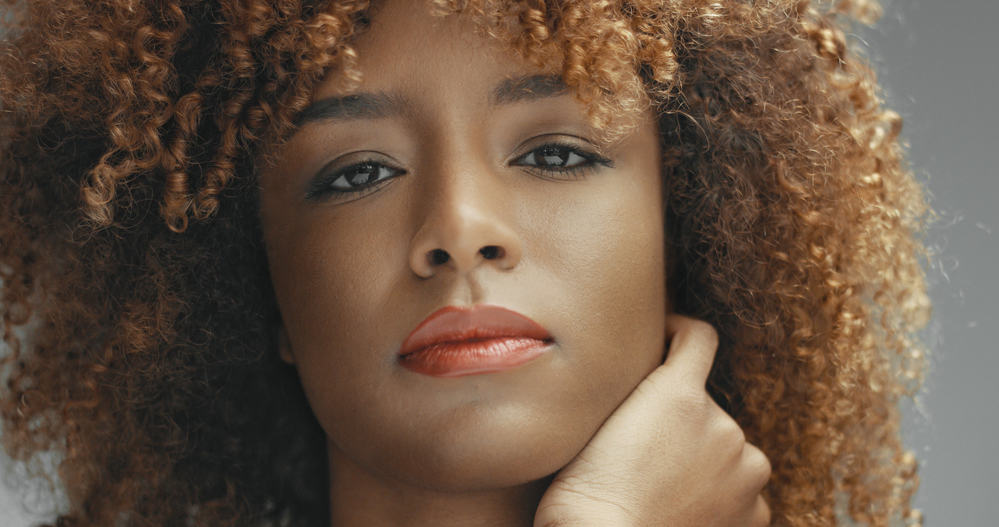
Best Tips for Bleaching Hair at Home
Once you've figured out how long you should leave 20 volume bleach in your hair, there are a few other things that you can do to ensure that your bleaching adventure is successful.
Minimize Damage
Bleach is a potent substance that can damage your hair or even your skin. When you're applying bleach, be very careful not to get it on your face. Wear gloves to protect your hands and old clothing that you won't miss if it gets stained.
Prepare Your Hair
Bleaching can be quite an intensive process for your hair because it strips your hair of so many nutrients.
One way you can minimize the damage is by preparing your hair beforehand and nourishing it with hydrating products, like deep conditioning treatments, moisturizing shampoos, hair masks, and hot oil treatments. You could even consider trying the squish to condish technique.
For a few days before bleaching your hair, use gentle shampoos, such as ones that are sulfate-free, to avoid stripping your hair of nutrients.
Some people also use natural hair oils, like coconut oil, before bleaching their hair. Coconut oil hydrates the hair and mitigates damage by protecting the hair's proteins.
Although this will not prevent damage to your hair, as bleach is a very potent product, it can minimize it.
Apply Bleach Correctly
When bleaching your hair, be sure to follow all instructions carefully, no matter how many times you've bleached your hair before.
Make sure to apply bleach thoroughly for an even coating. Section your hair to coat every strand.
Finally, be careful as you're applying bleach not to touch your scalp. Bleach can damage the skin on your head, so start a few inches away from the roots and work your way down.
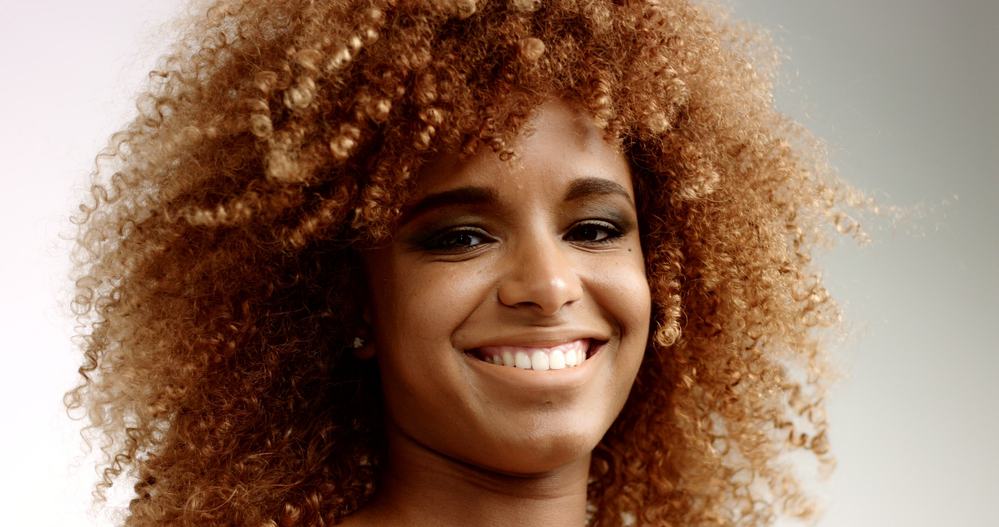
Getting the Most from Your Bleaching Sessions
There are several factors affecting how long you should leave 20 volume bleach in your hair. Everything from your hair color to whether you've dyed your hair before can affect how your hair absorbs bleach.
The general rule of thumb is not to leave bleach in your hair for longer than 30 minutes and to allow even less time if you're only lightening your hair a few shades. To test your results, perform a strand test beforehand and monitor your hair carefully.
- What Is Developer for Hair?
- Will Developer Alone Lighten Hair?
- Can You Mix Hair Dye With Conditioner Instead of Developer?
- Is Lightener the Same as Bleach?
Bleaching your hair at home does require a lot of patience and precision. This is one of those beauty treatments where it pays to sit in front of the clock and watch it carefully.
Otherwise, you might damage your hair or accidentally turn it orange.
However, with the right precautions, you can get the hair color you want using DIY bleach at home. Go forth and bleach your hair safely!
Source: https://www.curlcentric.com/how-long-to-leave-bleach-in-hair-20-vol/
0 Response to "How Long Does Blue Powder Lighter With 20 Volume Developer Take to Lighten Hair"
Post a Comment